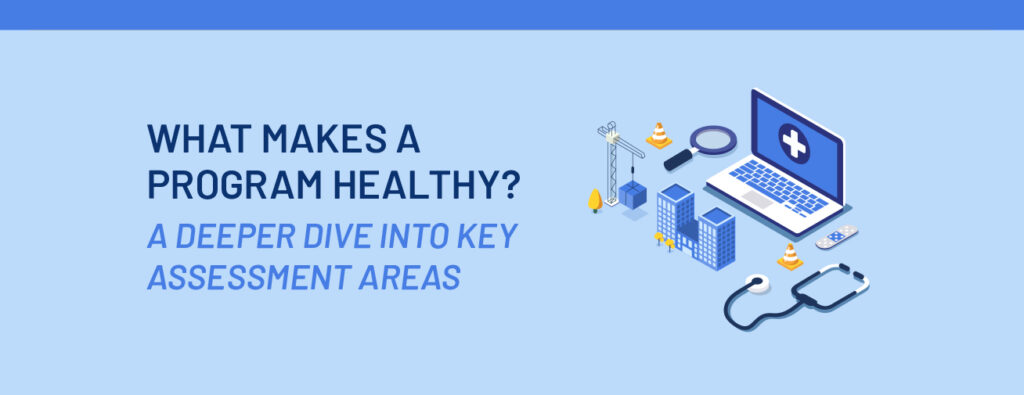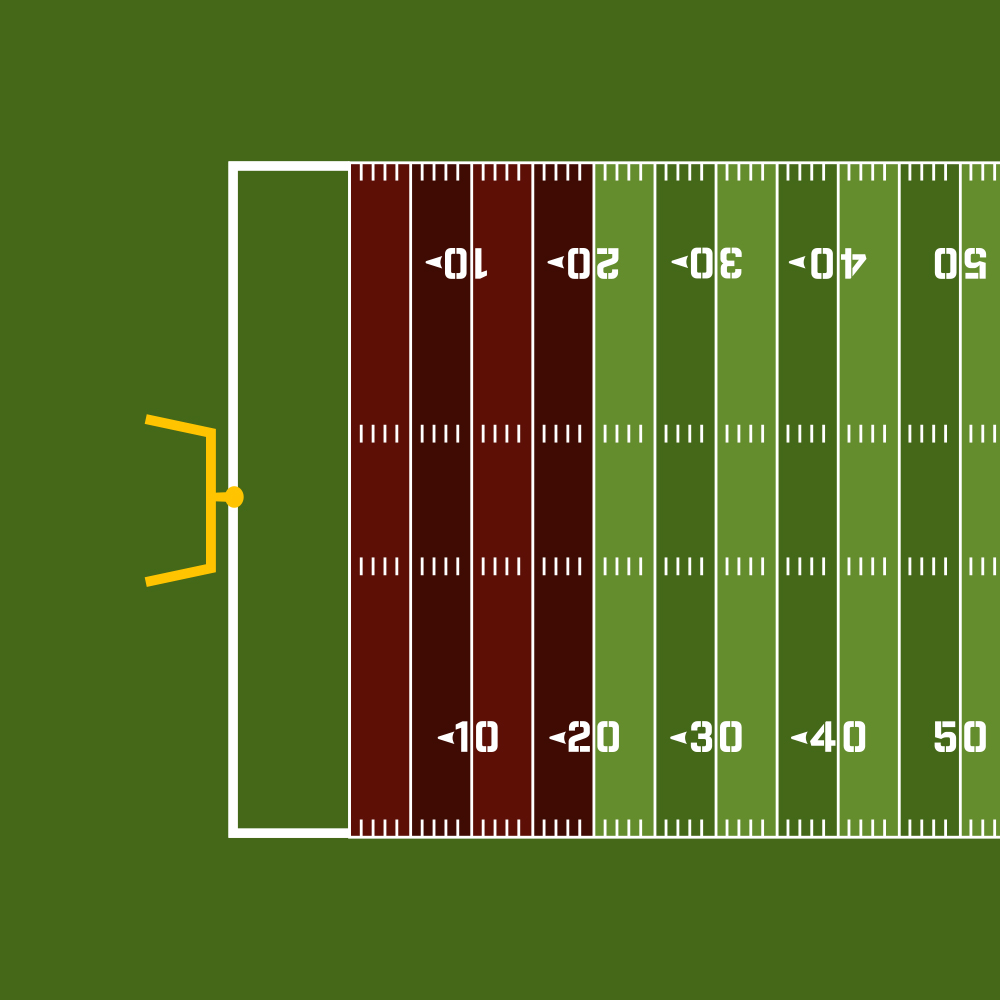
In our recent blog, we explored the value of regular program health assessments, a process that can set owners up for success when undertaking large programs and help them stay aligned with strategic goals. But what exactly do we examine when conducting these assessments?
We know that large construction programs are made up of many interconnected moving parts. If one part falls out of sync, it can create a ripple effect across the entire program. For example, if an owner fails to coordinate effectively with end users and stakeholders, design and construction execution are impacted, affecting cost and schedule. Or, if an owner fails to consider risks when developing project budgets, construction execution is impacted along with the schedule and transition to operations. You get the picture. That’s why a thorough assessment drills down into the critical components that drive program success to evaluate the health of each component.
Here are the core areas of every design and construction program and, thus, the areas every comprehensive program health assessment should cover:
Overall Program Governance
Strong governance is the backbone of any large-scale program. That means decision-making structures are clearly defined, functioning effectively, and adaptable to change. Without clear governance, teams may struggle with accountability, slow approvals, and misaligned priorities. To assess the health of program governance, we ask owners:
- Does the program have the full commitment and support of the owner’s organization?
- Is the program team aligned under a common goal and a shared definition of success?
- Are roles and responsibilities well understood?
- Is the existing governance model efficient? Does it enable timely and informed decisions?
When governance is well-structured, decisions happen quickly, collaboration thrives, and change becomes an opportunity rather than a setback.
Design Management
Design decisions shape the entire downstream delivery process, so design management processes need to be integrated, collaborative, and appropriately phased. When design is poorly managed or out of sync with construction and procurement timelines, it creates bottlenecks, rework, and budget pressure. We ask owners:
- Are design milestones being met?
- Is there alignment between program goals and project designs?
- Are design changes managed systematically?
Effective design management keeps the program aligned with scope, intent, and delivery goals.
Cost and Finance Management
Strong financial oversight is essential for maintaining control of a program, so our key questions for owners to assess their readiness include:
- Is the source and timing of funding well understood? Is the overall program budget defined and comprehensive?
- What is the level of the owner’s cost management expertise at the program and project level?
- Does the program have a system to assess and forecast the impact of potential changes?
- Does the program have a process for identifying cost risk exposure, contingency identification, and drawdown?
Early visibility into cost trends enables teams to make proactive adjustments before overruns occur. Even technically sound programs can spiral into unsustainable territory without strong financial controls.
Schedule Management
The old adage “time is money” holds especially true for construction programs. Missed milestones are more than just delays; they often point to planning or coordination breakdowns. An assessment of schedule management health assessment should ask:
- Is there confidence in the program status and forecasted completion dates being reported?
- What is the level of schedule management expertise at the program and project level?
- Does the program have a system to assess and forecast the impact of potential changes?
- Does the program utilize schedule risk analysis as part of its schedule management protocols?
Programs should use the schedule as a dynamic management tool, not just a reporting mechanism. These questions go to the heart of determining whether an owner is operating at peak effectiveness in schedule management.
Risk Management
In design and construction, uncertainty is everywhere you look. What matters, and can make the difference, is being proactive and properly managing that uncertainty. Key questions to ask:
- Are risks identified early and documented?
- Are mitigation strategies in place and monitored?
- How well does the program adapt to changing risk environments?
Programs that ignore risk management or treat it merely as a checklist item often find themselves reacting to crises. In contrast, strong risk practices allow teams to stay one step ahead, reducing surprises and maintaining momentum.
Construction Execution
Execution is where plans meet reality. There is a lot at stake, and assessing readiness for construction includes questions such as:
- Has the program defined expectations and priorities?
- Has the program defined the processes and systems it expects all projects to use and follow?
- Has the program selected the most appropriate execution strategy for each of its projects?
- Has the program considered the constraints and interdependencies between the projects in its program? Does the program have processes to examine them regularly and adapt?
- Has the program defined the resources that will be required, including any specialty support, and staffed the program to meet requirements?
A program that cannot efficiently convert plans into progress risks delays, increased costs, and quality issues.
Stakeholder Collaboration and Integration
Large programs often involve many stakeholders, including internal departments, end users, contractors, regulators, the community, and more. When stakeholders are siloed or out of sync, miscommunication and conflict become inevitable. In our health assessment of stakeholder collaboration, we ask:
- Are all relevant stakeholders identified?
- Has the program established communication protocols for all stakeholders? Have the levels of authority of each stakeholder been documented?
- Has the program defined decision gates for stakeholder input/approval?
Healthy collaboration builds trust, accelerates decision-making, and prevents costly disconnects during execution.
Transition to Operations
Even successful delivery does not guarantee operational readiness. Focused on design and construction, we often overlook the handoff of a facility to end users. For that reason, we ask:
- Are operational teams identified and involved early enough?
- Is there a structured handover plan?
- Has the program established regular communications touchpoints with operational interfaces?
- Has the program established a plan and methodology to validate that technical systems function as intended (i.e., building commissioning)?
Programs that delay operations planning can risk delivering technically complete but operationally incomplete assets. Early operation integration ensures a smoother handover and faster return on investment.
Final Thoughts
Program health assessments are valuable because they examine an organization’s or team’s inner workings. By systematically evaluating each of the areas above, organizations can uncover gaps early, close those gaps through resources, processes, and/or technology, and set the foundation for sustained program success.
In our next post, we will break down the results of a health assessment, what to expect, what insights benchmark data can shed on the program, and how to turn insights into action.
Download a copy of this blog here.





